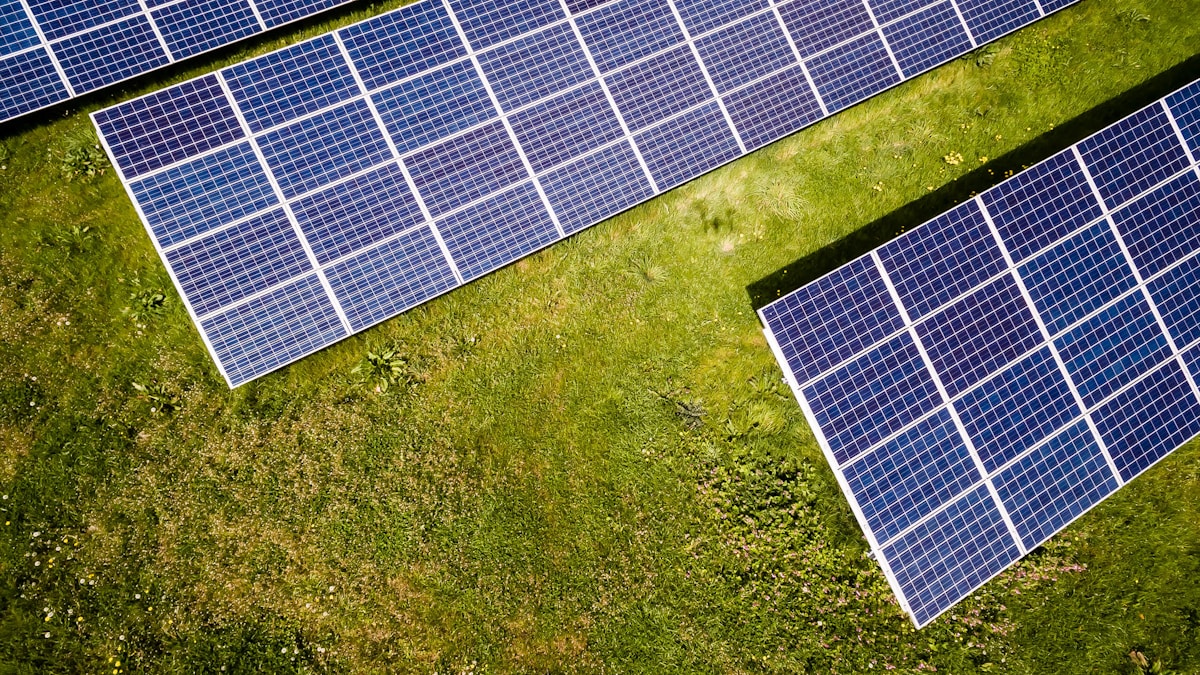For a lot of people, generating solar energy represents a way of declaring their own independence from the utility company. While there is some truth in this, there's also a bit of a misconception being tossed around, as to how everyone can benefit from producing energy on their own, and yes, off-grid is a great way to go, but you should take a good look at all the options. Often confused, people can make a costly mistake by taking the wrong path here. Instead of falling into a dilemma, let's start learning a thing or two about how solar energy paves the way to a cleaner and safer environment.
Off-Grid

A system which is not connected to the public grid, and it involves installing additional devices such as a battery bank for storing the generated energy and an off-grid solar inverter to generate the energy. The inverter does not only collect solar energy but it also makes it usable in your household by converting it from DC to AC. This type of solar production needs to have an adequate backup generator in case there's a shortage of sunrays and your battery has been drained out (which rarely happens) which is not going to be much of a worry if you live in a more, exposed-to-sun area.
While you won't be affected by blackouts at all, your energy storage will have to be big enough to keep energy at bay for a week without any sun in the skies - when purchasing a battery bank you need to have in mind the size of your home and the appliances you have. This is also a more expensive option as it requires a battery for storage, which can take up to 40% of the entire cost of the system.
Grid-Tied
Also called an On-Grid system, relies on the public grid during the night and during the day it collects solar energy in order to export it to that same grid in exchange for FiT( feed-in-tariff) or credit. Unlike the previous system which uses an off-grid solar inverter, grid-tied systems use a regular solar inverter which only collects and transfers the solar energy, that is then converted by a different device. This system offers a more worry-free experience and thus it is meant to be used in urban areas rather than the more outback and remote areas.